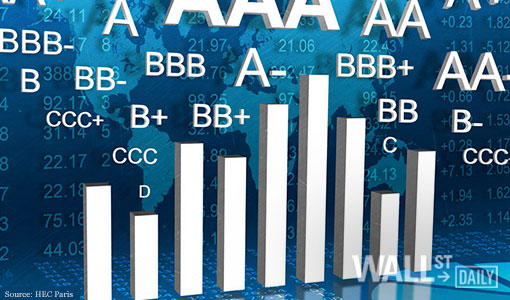
Care to take a guess at Lehman Brothers’ credit rating right before its bankruptcy?
I’ll give you some help.
Investment-grade ratings range from AAA down to BBB- (on the Standard & Poor’s ratings scale). Anything below investment grade (BB+ and below) is considered high yield, which is also known as speculative grade, sub-investment grade, or “junk.â€
The higher the credit rating, the higher the perceived credit worthiness. In other words, high-rated companies can probably pay you back.
Thus, you’d assume Lehman Brothers had a solidly junky rating – perhaps CCC – reflecting the high risk of default during the credit crisis… right?
Actually, Lehman had an “A†rating right before it went bust!
The major ratings agencies – Standard & Poor’s, Moody’s Investors Services, and Fitch Ratings – took a lot of flak for this egregious misjudgment.
To be sure, credit ratings still provide valuable information. In fact, looking up the credit rating and reading the commentary from the ratings agencies is a great place to begin when evaluating a stock.
You can access Standard & Poor’s ratings for free by registering on their site.
Just keep in mind that the ratings agencies may have missed some material risks.
Therefore, we should really take notice when a company has a high-yield rating. Yet, most equity investors are unaware of the credit ratings of their holdings.
For example, the following table shows three real estate investment trusts (REITs) that are in the S&P 500.

Equinix Inc. (EQIX), Crown Castle International Corp. (CCI), and SL Green Realty Corp. (SLG) specialize in data centers, wireless communications towers, and commercial properties, respectively.
I guarantee that the vast majority of retail investors in these stocks have no idea that the S&P’s long-term issuer rating of these REITs is sub-investment grade.

